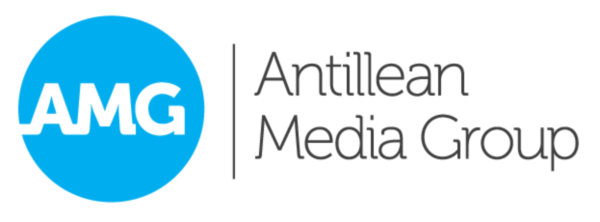BRIDGETOWN, Barbados, December 16, 2014 (AMG) — Barbados is the least corrupt country in the Caribbean, according to the latest report from Transparency International. The country ranked 17 out of 175 countries with a score of 74 on the 2014 Corruption Perceptions Index.
A country or territory’s score indicates the perceived level of public sector corruption on a scale of 0 (highly corrupt) to 100 (very clean). Haiti was deemed the most corrupt in the region, with a CPI score of 19 which placed the country at 161 out of 175.
Transparency International said a poor score is likely a sign of widespread bribery, lack of punishment for corruption and public institutions that don’t respond to citizens’ needs.
“Countries at the bottom need to adopt radical anti-corruption measures in favour of their people. Countries at the top of the index should make sure they don’t export corrupt practices to underdeveloped countries,” said José Ugaz, Chair of Transparency International.

The Bahamas ranked second in the region and 24th globally with a CPI of 71. They were followed by Saint Vincent & the Grenadines at #29 with a CPI of 67, Dominica at #39 with a CPI of 58, Cuba at #63 with a CPI of 46, while Jamaica and Trinidad & Tobago tied at #85 with a CPI of 38.
The Dominican Republic and Guyana were 115 and 124 respectively with CPIs of 32 and 30.
Transparency International noted that poorly equipped schools, counterfeit medicine and elections decided by money are some of the consequences of public sector corruption. The organization added that bribes and backroom deals steal resources from the most vulnerable and undermine justice and economic development to destroy public trust in government and leaders.
The Corruption Perceptions Index is based on expert opinion from around the world, and measures the perceived levels of public sector corruption worldwide. More than two-thirds of the countries ranked in 2014 scored below 50. No country received a perfect score.
What’s the worth of the CPI?
Despite being hailed as the definitive measure of state corruption worldwide, Transparency International’s CPI ratings are not without their share of criticism.
Alex Cobham, a Research Fellow of the Centre for Global Development, has criticised the CPI’s reliance on a small group of experts and business people, which he says “embeds a powerful and misleading elite bias in popular perceptions of corruption” that can lead to a inappropriate policy responses.
The nature of corruption – typified by back-room deals and abuse of power – is arguably difficult to measure on the basis of perceptions. Transparency International concedes this, but stands behind the CPI, saying that:
There is no meaningful way to assess absolute levels of corruption in countries or territories on the basis of hard empirical data. Possible attempts to do so, such as by comparing bribes reported, the number of prosecutions brought or studying court cases directly linked to corruption, cannot be taken as definitive indicators of corruption levels. Instead, they show how effective prosecutors, the courts or the media are in investigating and exposing corruption
– Transparency International
In 2010, the Economist dubbed the CPI as the “murk meter“, calling on Transparency International to have the courage to “ditch its scorecard” in light of its shortcomings.
As a start, Cobham argues for a more meaningful and participatory approach to investigating how corruption affects citizens. He says, “what’s missing from this vicious cycle is not only evidence of actual corruption in Country X, but any information about how corruption is or isn’t affecting the citizens of Country X.”
Resources: Corruption perception indices per country



